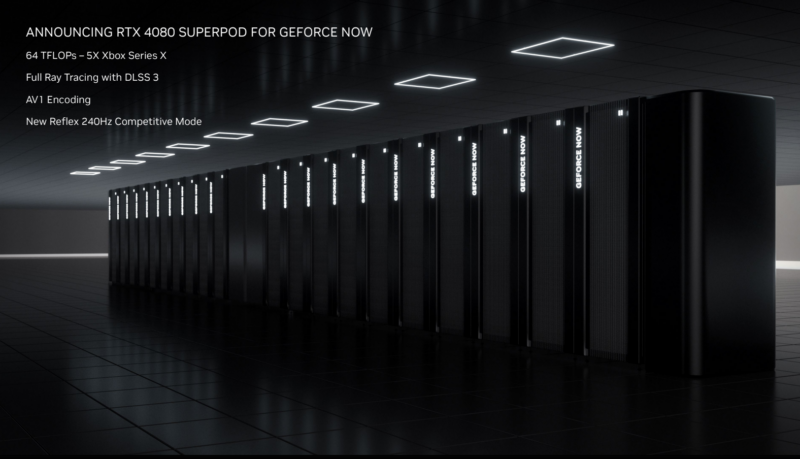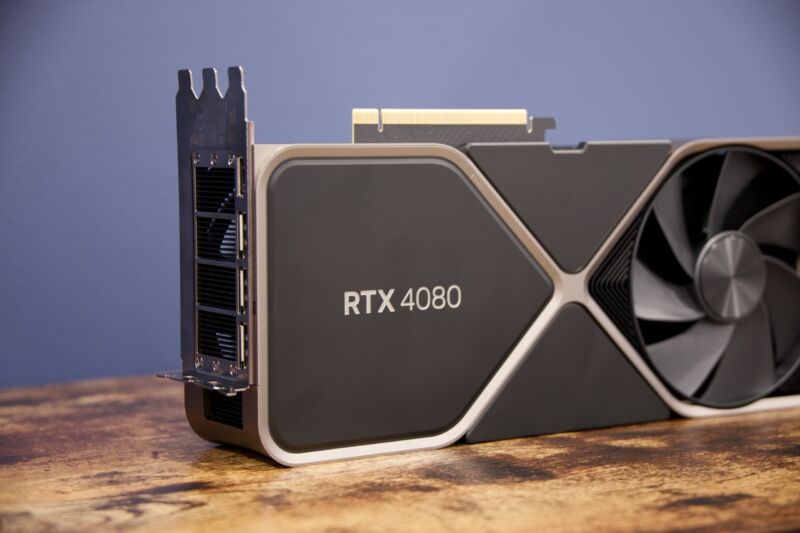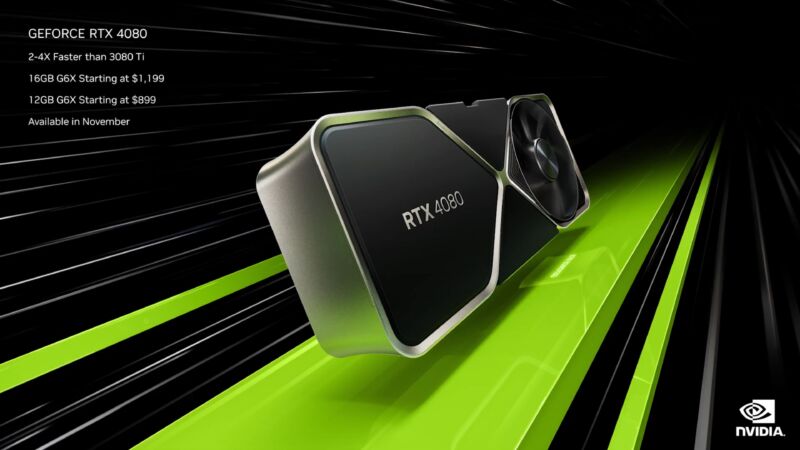-
 chevron_right
chevron_right
GeForce Now Ultimate first impressions: Streaming has come a real long way
news.movim.eu / ArsTechnica · Thursday, 19 January, 2023 - 14:00 · 1 minute

Enlarge / It's not actual GeForce RTX 4080 cards slotted into GeForce Now's "Superpods," but Nvidia says the hardware is pretty close. (credit: Nvidia)
Cloud-based gaming service GeForce Now's new Ultimate tier is rolling out today, promising a series of adjectives about game streaming that might have seemed impossible just a few years ago: high-resolution, ray-traced, AI-upscaled, low-latency, high-refresh-rate, and even competition-ready.
I tested out the Ultimate tier, powered by Nvidia's RTX 4080 "SuperPODs " on a server set up for reviewer early access, for a week. If I hadn't been hyper-conscious of frame numbers and hiccups, I could have been tricked into thinking the remote 4080 rig was local. Except when I was playing ray-traced games AAA games on systems that had no business playing them, like laptops with discrete GPUs, iPads, or my TV with no gaming console attached—that always felt weird, in a fun way.
Ars had previously described our GeForce Now 3080 experience as "dreamy" and called the performance "a white-hot stunner that rivals the computing power you can muster" with the same RTX 3080 card in your PC. It's easy to lay at least the same kind of praise on the new Ultimate tier. It replaces the previous RTX 3080 option with the next generation's chipset for the same price ($20 per month, $99 for six months). That might be a steep price tag for a service that mostly makes you buy your games, but given the 4080's $1,200 price tag, the rent-versus-buy question is worth considering at this level.



